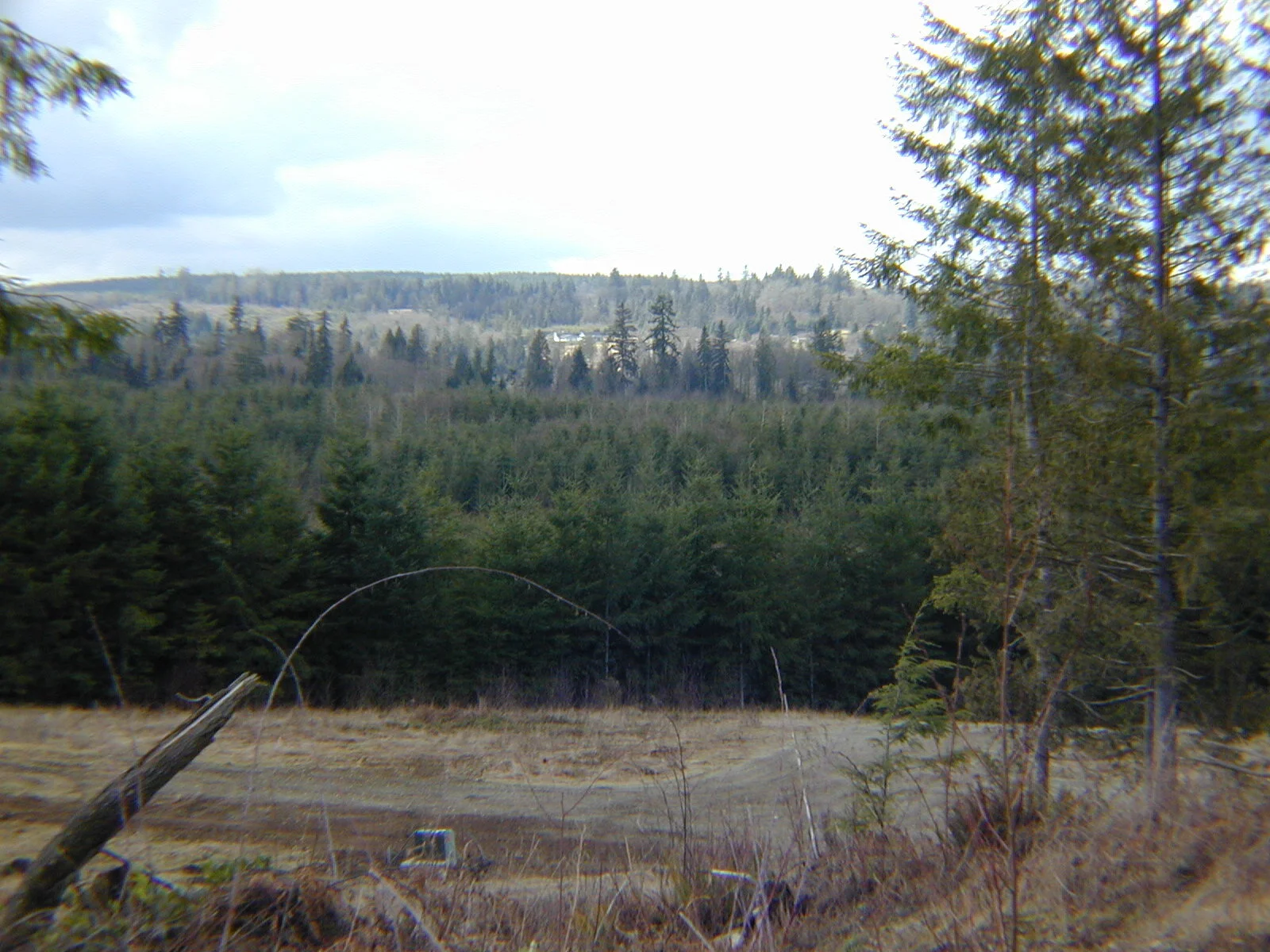Impact Fees in Land Development
What are impact fees in land development?
Anyone who has successfully completed a subdivision probably knows what impact fees are. Impact fees are paid to finance the expansion of public infrastructure and mitigate the impact of population growth caused by land development. If I develop 100 new residential units in an area, doesn’t it make sense that I help subsidize the public infrastructure necessary to support the new families moving in? That sounds pretty fair, right? Well, it sure does - right up until it’s time to pay! Nonetheless, impact fees have been heavily tested in the courts and ruled as a justified means of lawfully handling population growth nationwide.
How did impact fees get started?
The history of impact fees goes further back than many people would guess. They have been around for about 70+ years and have been thoroughly fought “for and against” in the courts along the way. Back in the 1980’s they became used more broadly and now they are a fact of life for land development in every state that I have done projects in. The theory is that the guys that create the growth should be paying for the public infrastructure necessary to serve the growth they create.
Although my projects have generated a lot of impact fees over the years, I always go back to one that bugged me - Parks and Recreation. In all the years I worked in this particular area in the Pacific Northwest, (where impact fees were paid for hundreds of lots), I cannot recall a single new park, or improvement to an existing park in that area. Impact fees are supposed to be for current and future growth based on the actual impacts created, but I always wondered where the improvements were during the roughly 15 years I worked in that particular spot. Oh well…
Examples of impact fees:
Typically, impact fees due for projects revolve around some - part - most - or all of the following infrastructure categories for a specific area:
Schools
Parks
Sewer
Roads
Public transportation
Public water
Other utilities
Libraries
Public safety buildings
How impact fees are paid:
I can pay impact fees myself, although sometimes there are other options such as payment at the time a building permit is filed. When I pay it can help me since I market my finished lots as “building-permit-ready”. It’s a great marketing hook, especially with builders.
Since nothing in this world is free, the fees I pay are added into the cost basis of the lots in the project, which are then factored into my listing price. Whether it’s me as developer, or the builder paying the impact fee, it’s the homeowner that is really paying in the end. It’s the buyer that will be reaping the benefits of any of the public improvements listed above, so that seems fair if you look at it objectively.
As previously stated, it is sometimes possible to pay the impact fees at a later time, such as when filing for a building permit for a new home. However in other cases the payment of development fees is a condition precedent of project approval. This means that payment must be made as a required condition, prior to final plat approval. It depends where you are, the fee itself and the fee authority involved.
But let’s keep this simple. There are four impact fee specifics that any land developer needs to know and project for:
What impact fees will be required?
How much do they cost?
At what point is the fee locked in?
When is payment due?
The civil engineer, land use attorney and county planning and assessors departments should be able to fully answer these simple questions, but one thing I have seen before is when guys new to land development fail to factor impact fee costs into their acquisition projection. In other words, failing to account for them before buying land and discovering them later. My solution is to always make sure I have this cost center covered in my acquisition checklist and projections from the start, so this charge is known and accounted for.
The case against impact fees:
We won’t spend too much time here since it won’t matter in the end; but it’s worth mentioning since even today the legal arguments still come up. We might as well know what they are:
Impact fees are a tax in disguise - No. Some folks still insist they are a tax, but they are certainly not disguised.
Impact fees discourage development in the area where fees are collected - Maybe, but it’s a free country and if someone has heartburn about impact fees, no one is forcing him to live there. Of course the guy that already owns land in an affected area might disagree, since he has no choice if impact fees are charged.
Impact fees increase the cost of housing - Yes. Ultimately the homeowner winds up paying since the costs are passed on in the form of the sale price. However, the corresponding market value down the road can also be increased because the property is better served by the supported infrastructure improvements.
Impact fees are an illegal “taking” of fundamental property rights - Good luck on that one. It might be a taking, but the courts have seen it differently for about the last 70 years…
Are impact fees the same as mitigation fees?
The terms are frequently used interchangeably - but there is a difference. A closer look shows that impact fees are related to infrastructure, while mitigation fees are more closely related to environmental factors. Like impact fees, mitigation fees in land development are a charge to manage the overall impact of a land development project by providing offsetting compensation for the associated environmental impacts. Mitigation can be in the form of money, design modifications or concessions in the form of real property.
A word for land developers:
Impact fees are here to stay so most of us have gotten used to it. One acquisition strategy would be to identify one’s land development acquisition targets by researching the cost of impact fees across multiple areas, then focusing on the areas with lower or no impact fees.
The impact fees I have historically paid do not justify this approach for me, as they have typically been only a nominal fraction of my overall cost of development. In addition, developing in areas with low or no impact fees suggests areas that are geographically remote with smaller populations - hence potential lower market value for the finished product. You might save one way, but pay in another. The one exception I have heard about, but not personally experienced, is in metro urban growth areas where impact fees might be enormous. Here, there may be a case for passing on an opportunity.
I have never seen an impact fee go down, but I have sure seen them go up. I pay attention to anything going on in my state and county that points to any existing impact fees under review for adjustment, or any new impact fees being contemplated. It’s equally important to know when any new or adjusted impact fees will be effective; also when the charge becomes fixed. Is the charge fixed when the plat application is submitted, when it is approved, or at some other point?
Impact fees are flexible and can apply to single family homes, apartments or commercial projects. They are frequently favored over other fee alternatives such a in lieu fees, where mitigation is paid to a program sponsor and banked as compensatory mitigation for unavoidable environmental impacts.
Developers should be knowledgeable about federal, state and local laws pertaining to all fee structures to include impact, mitigation and in lieu fees as a matter of due diligence in acquisition and cost projecting. Good luck!






